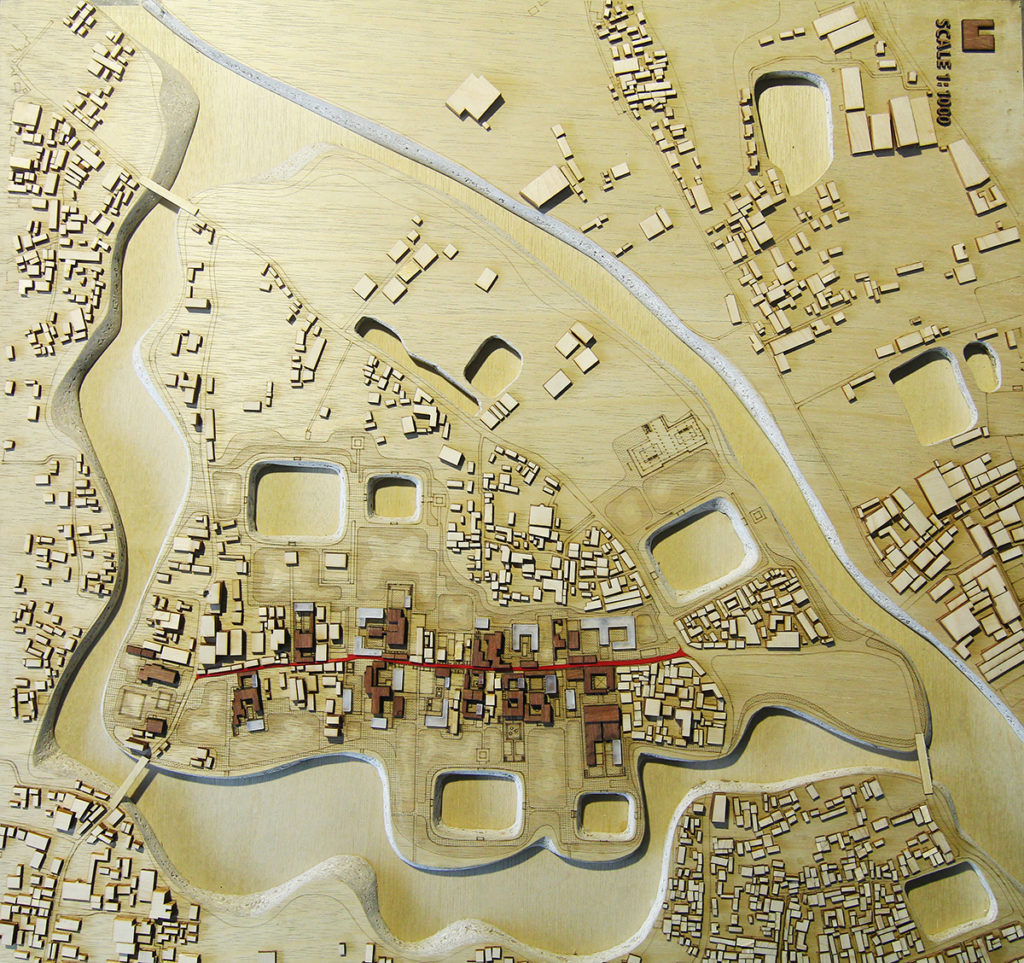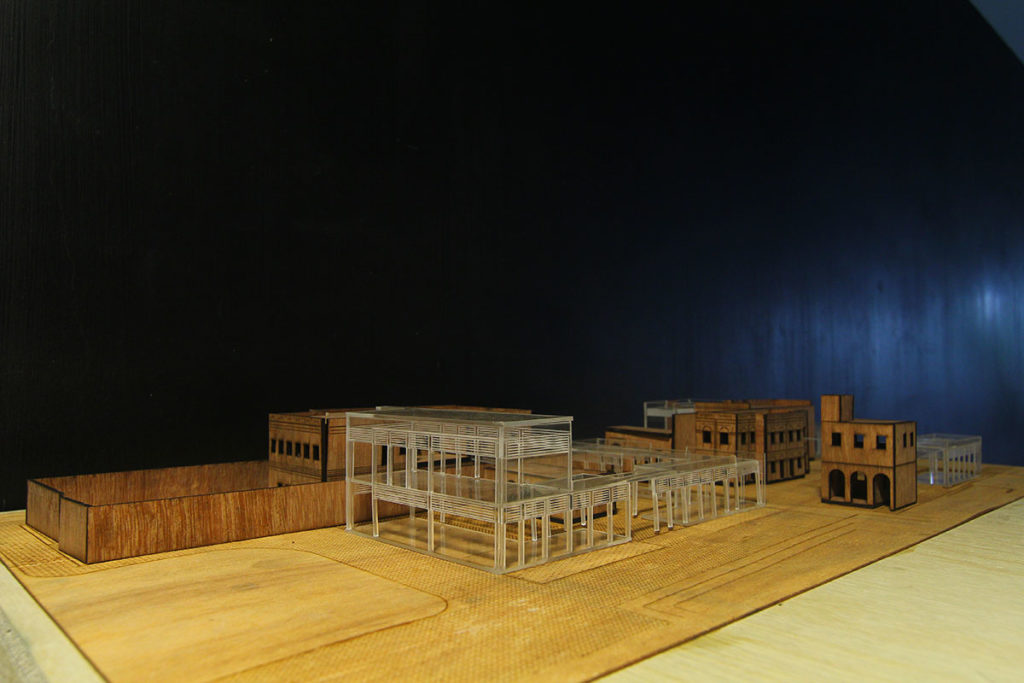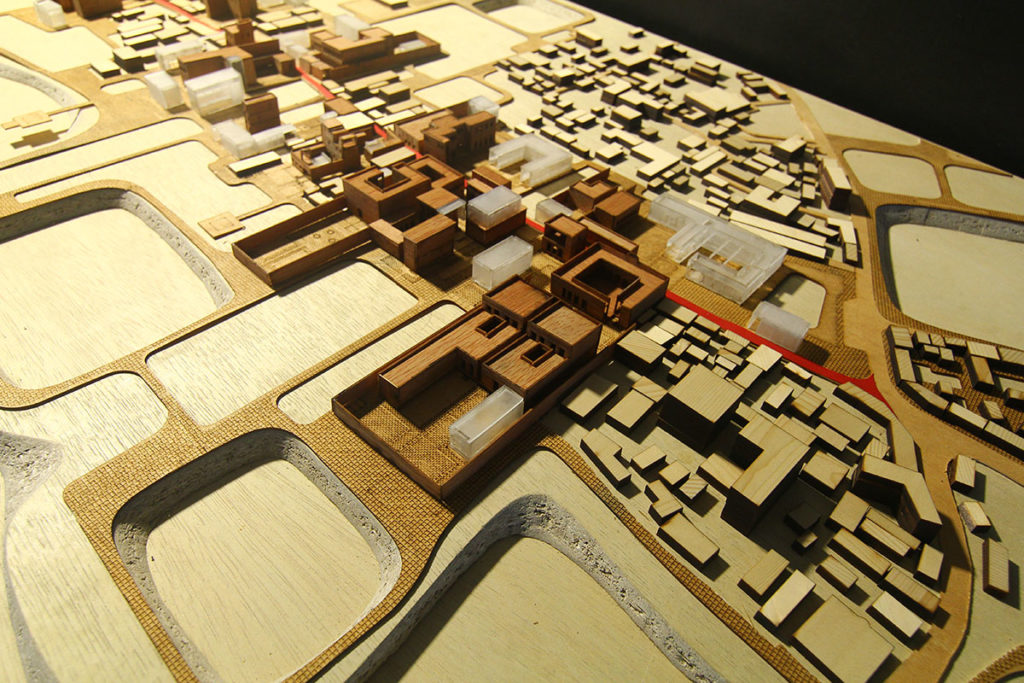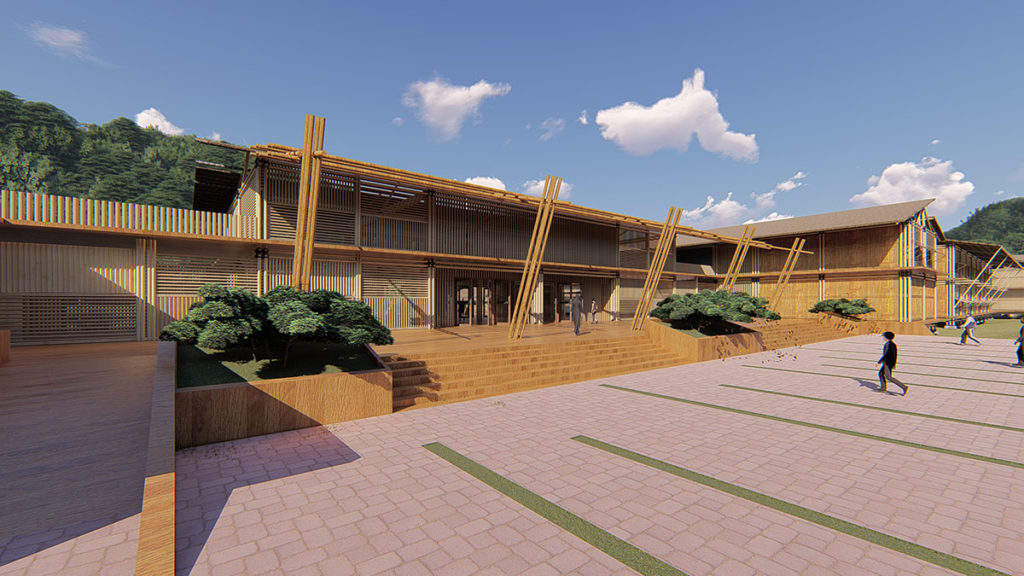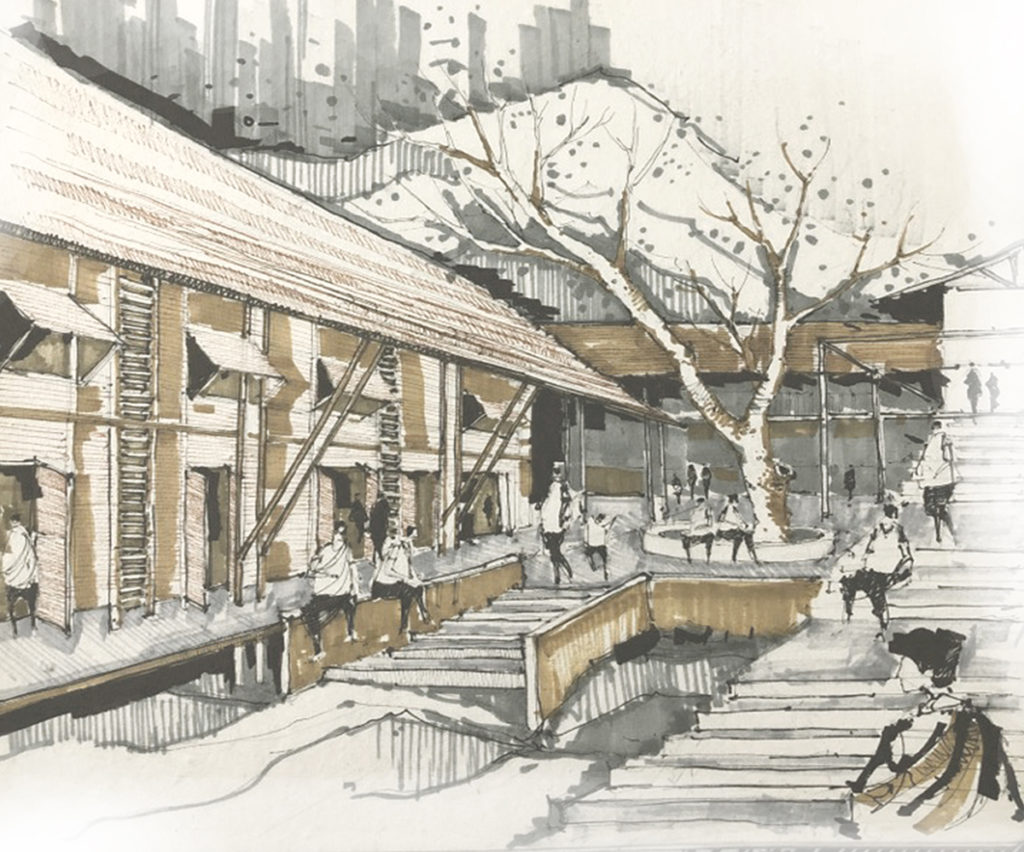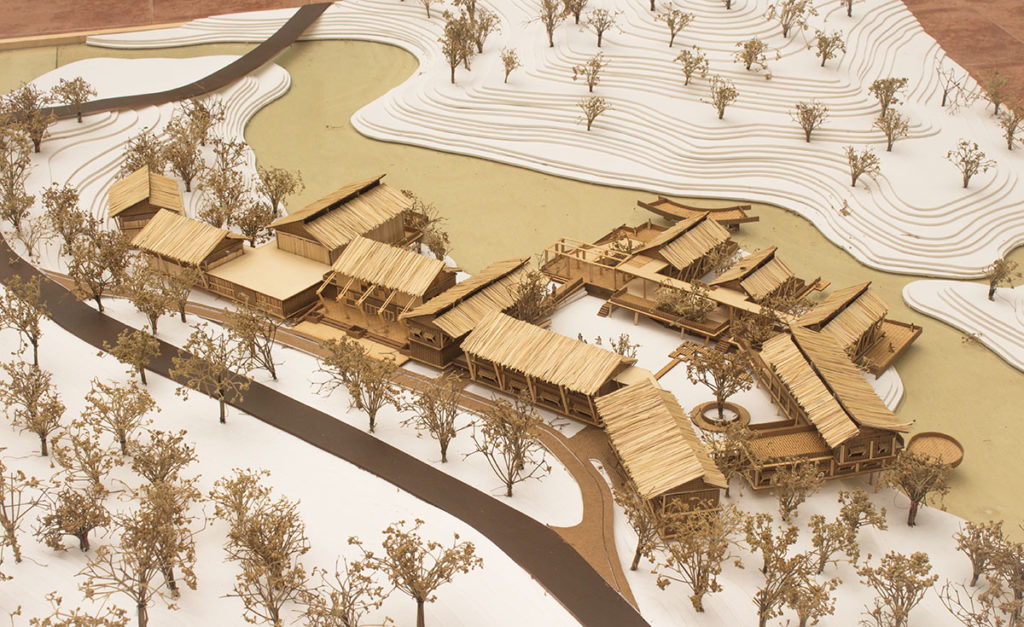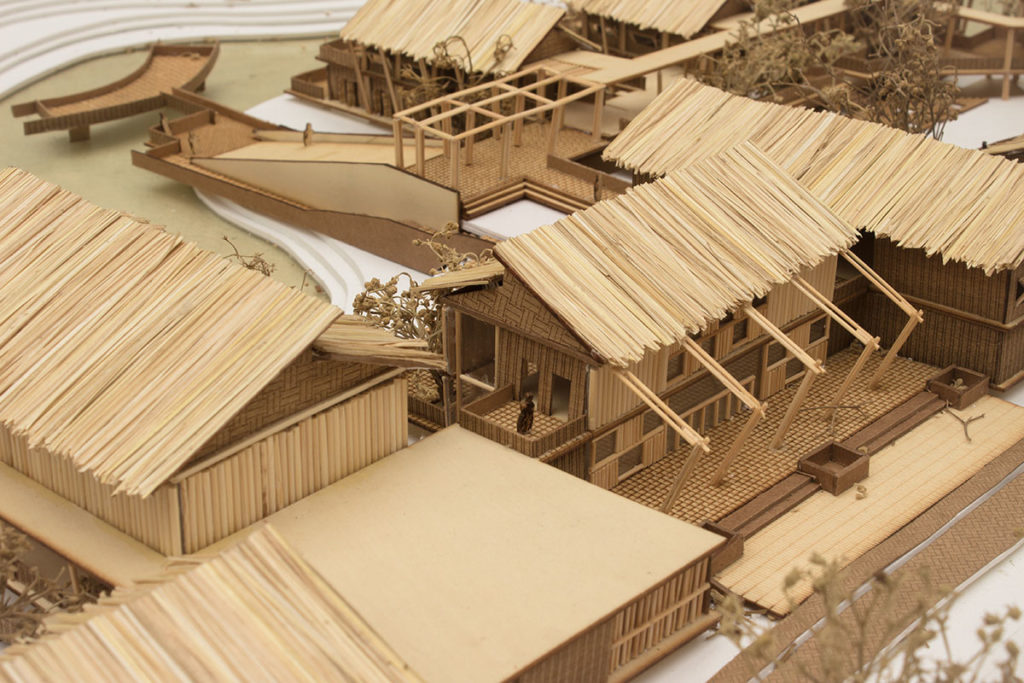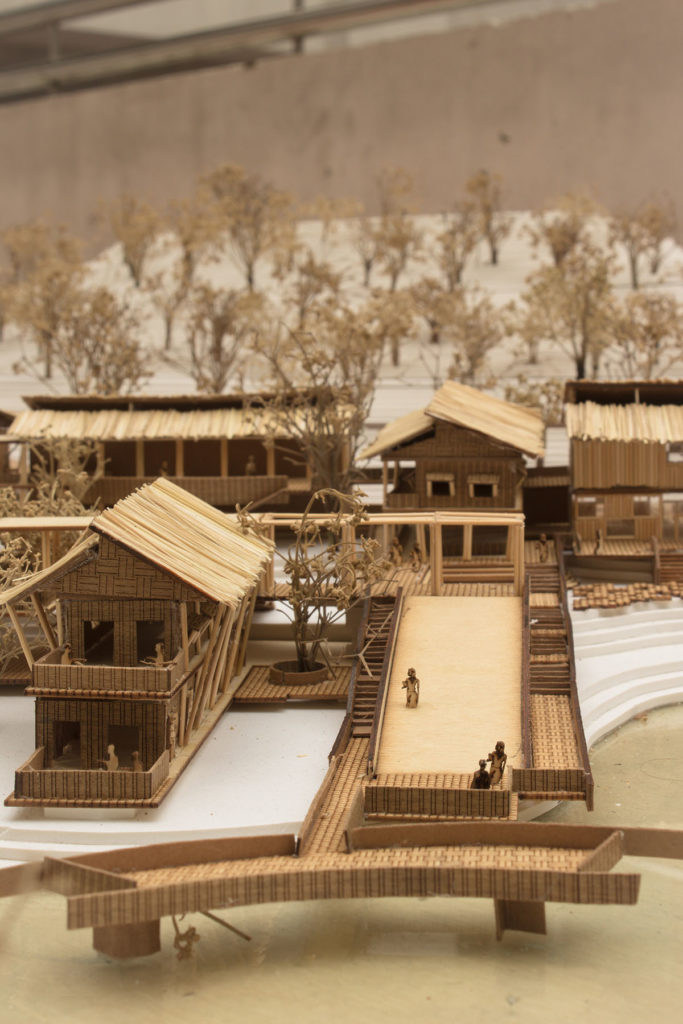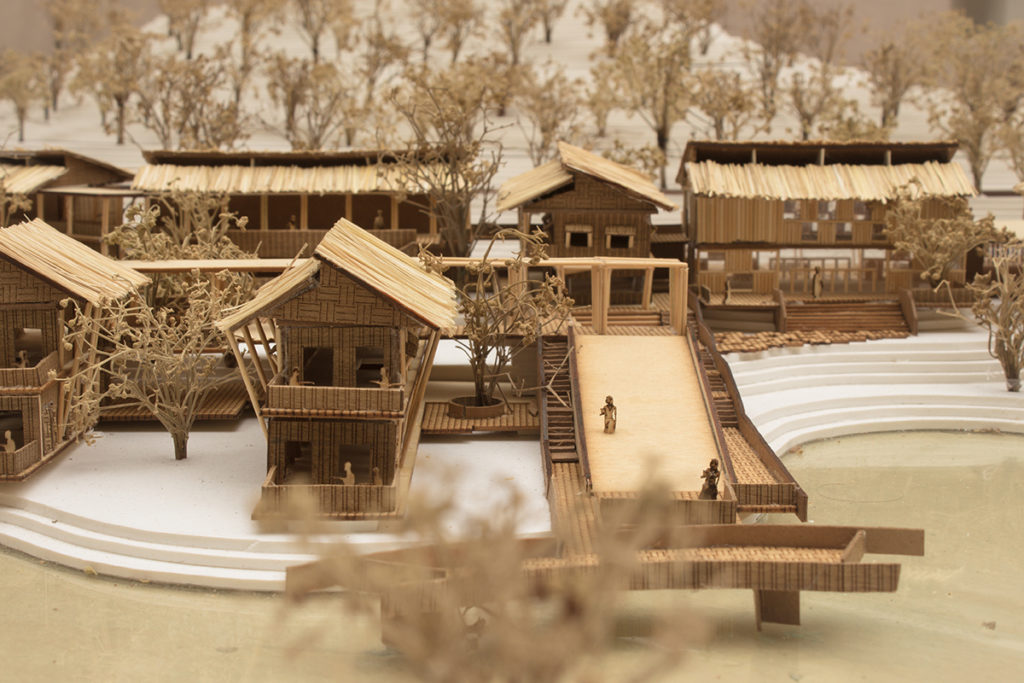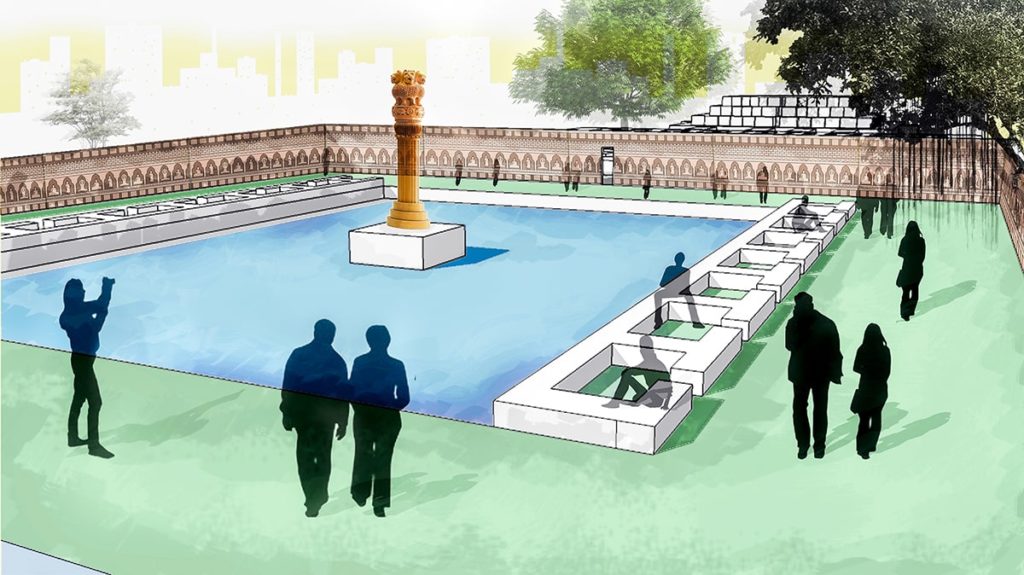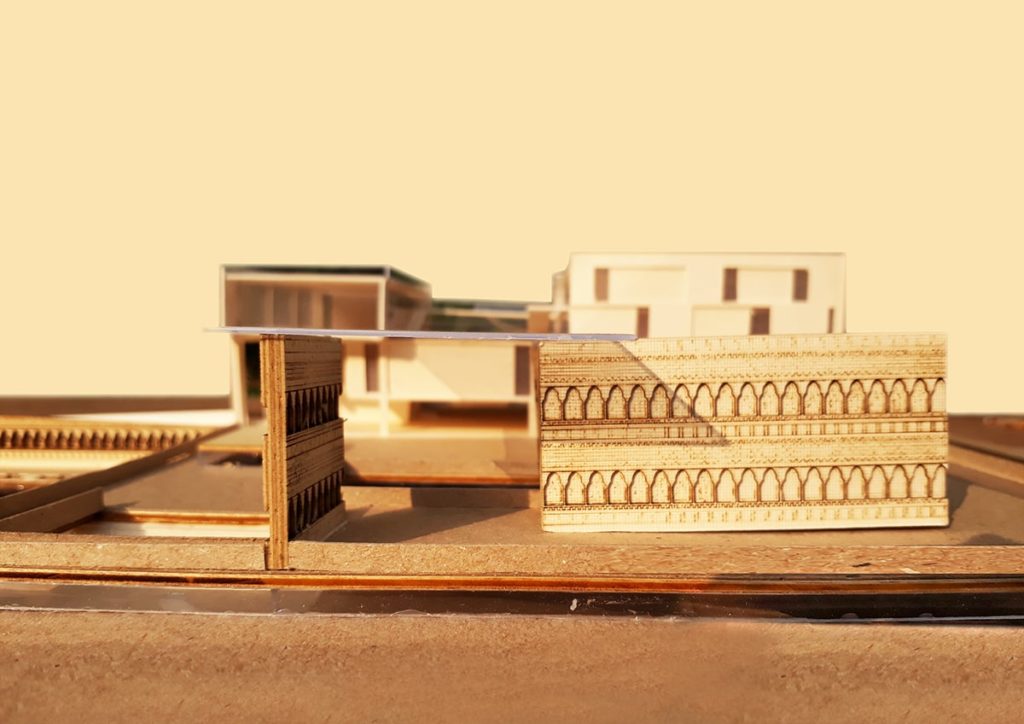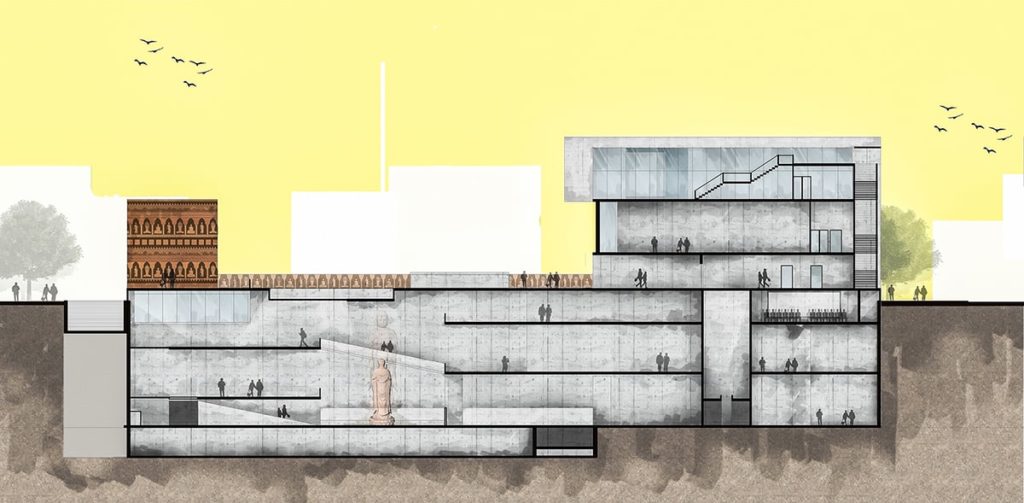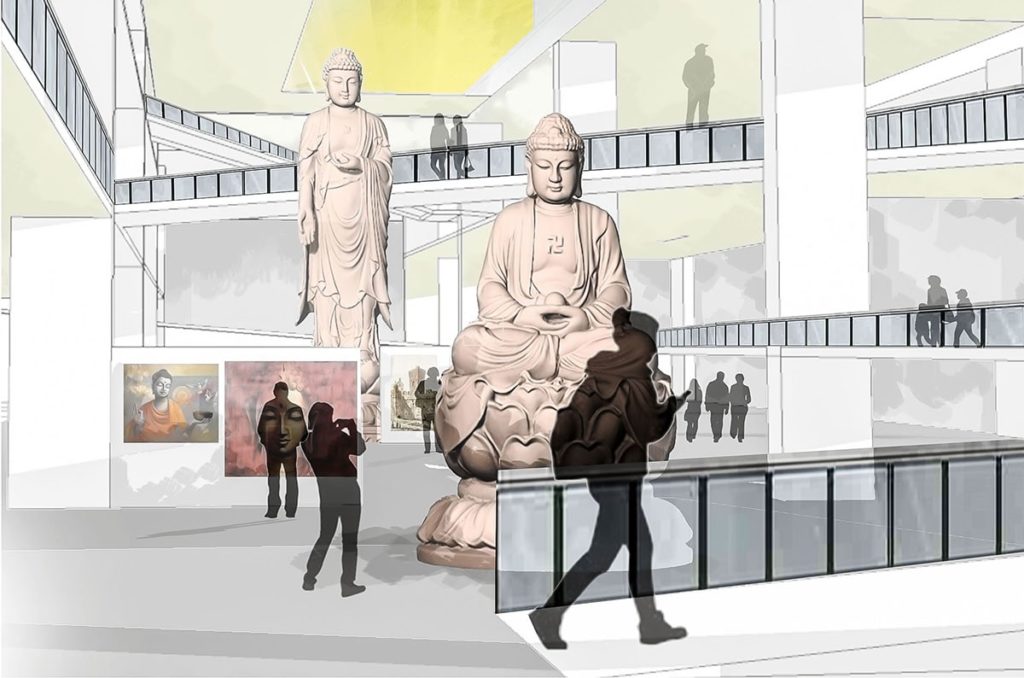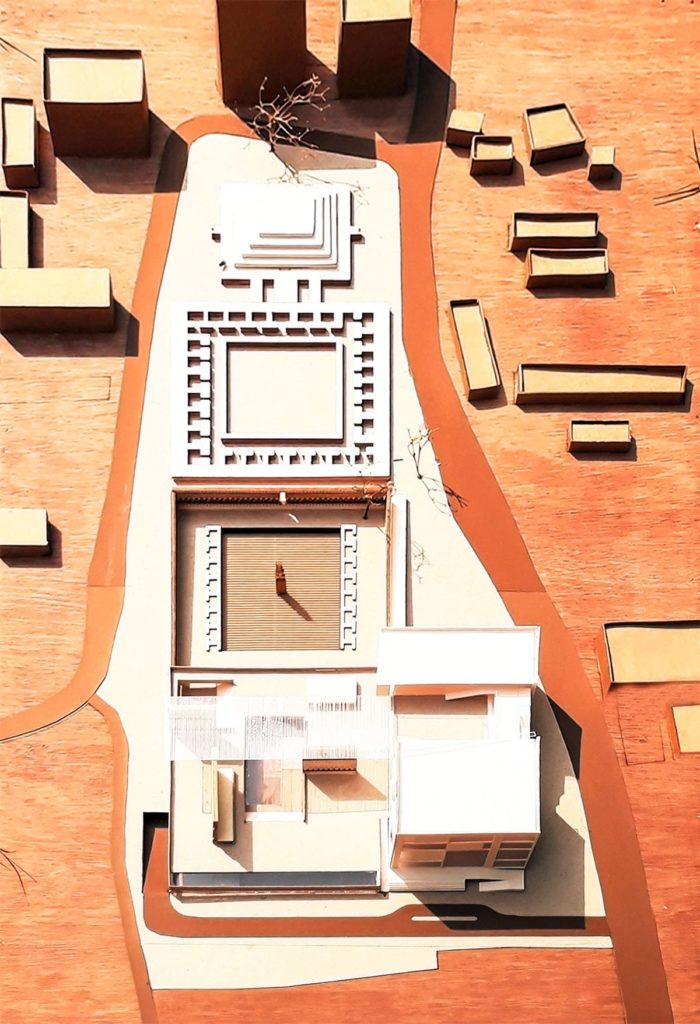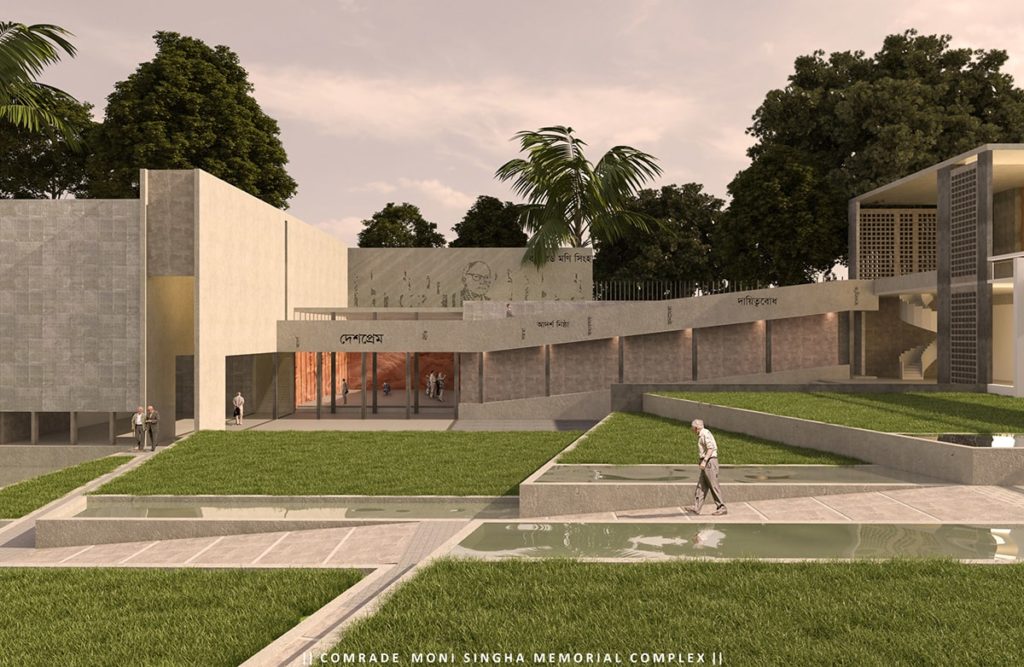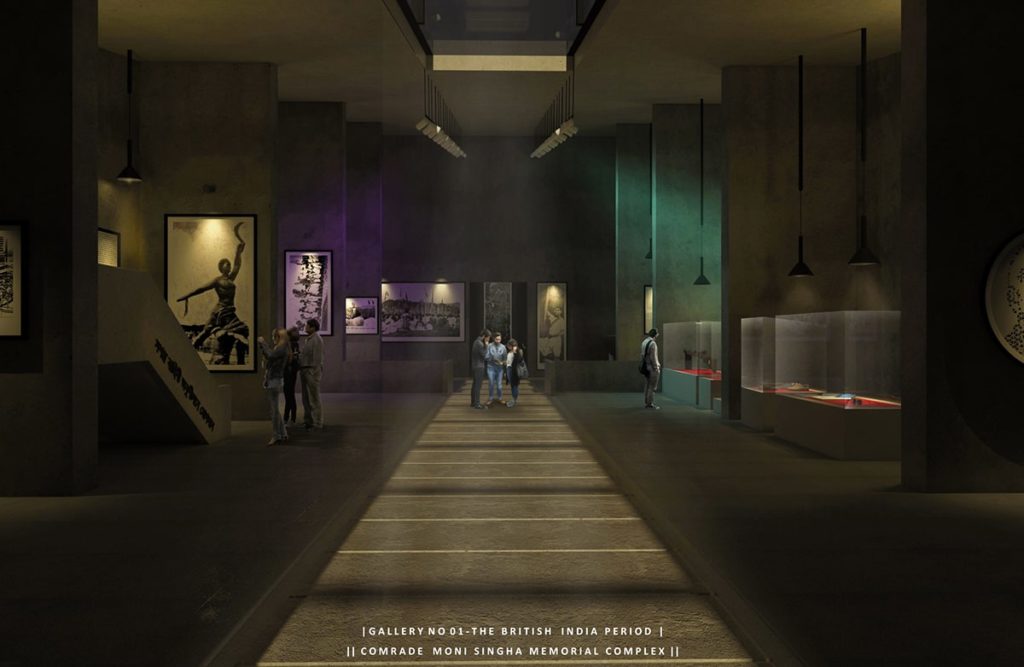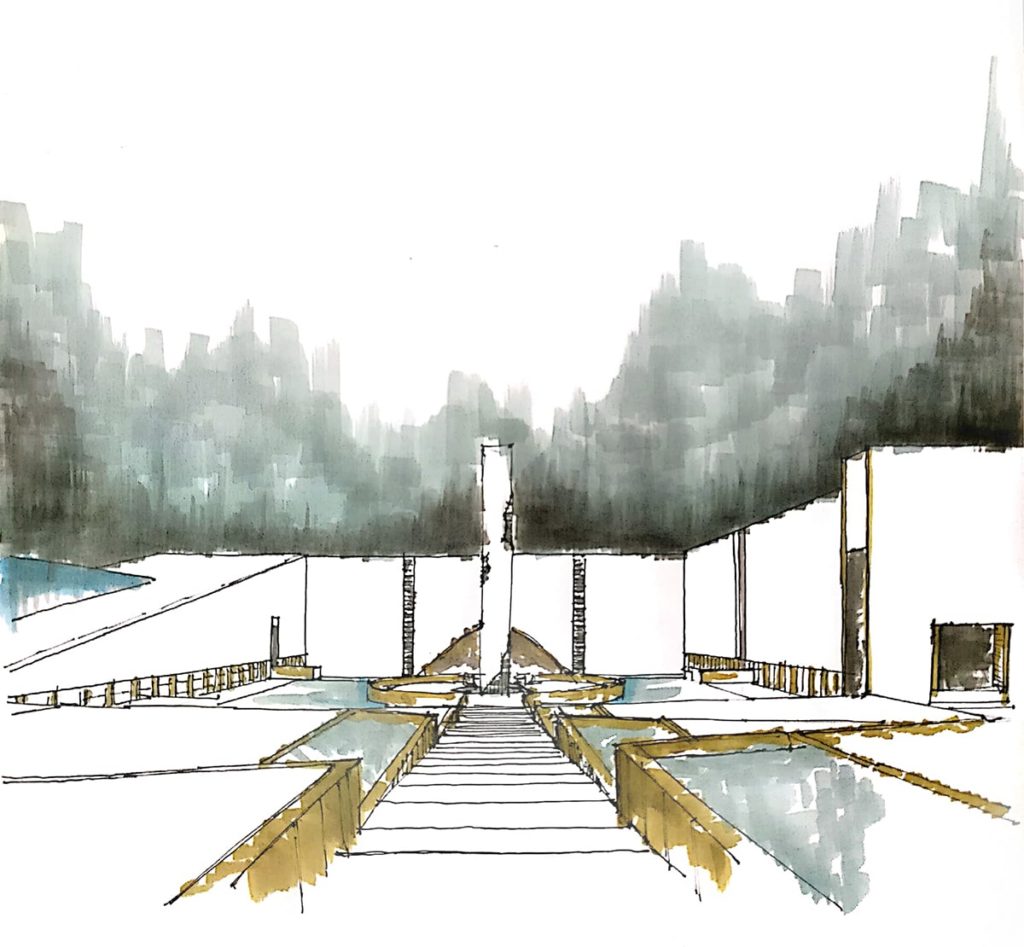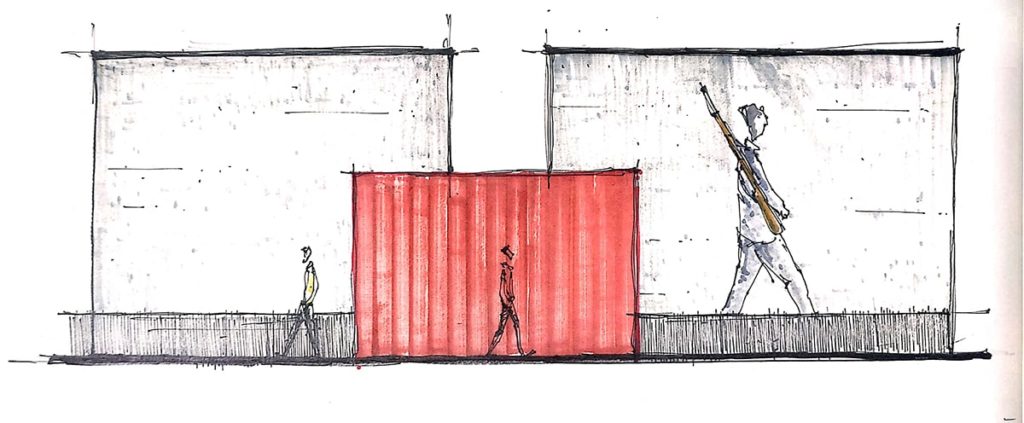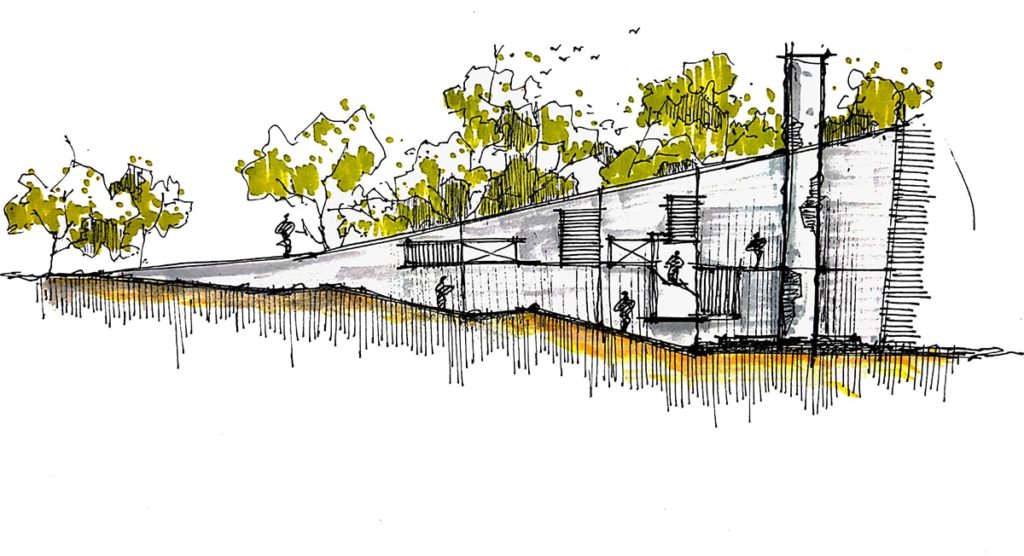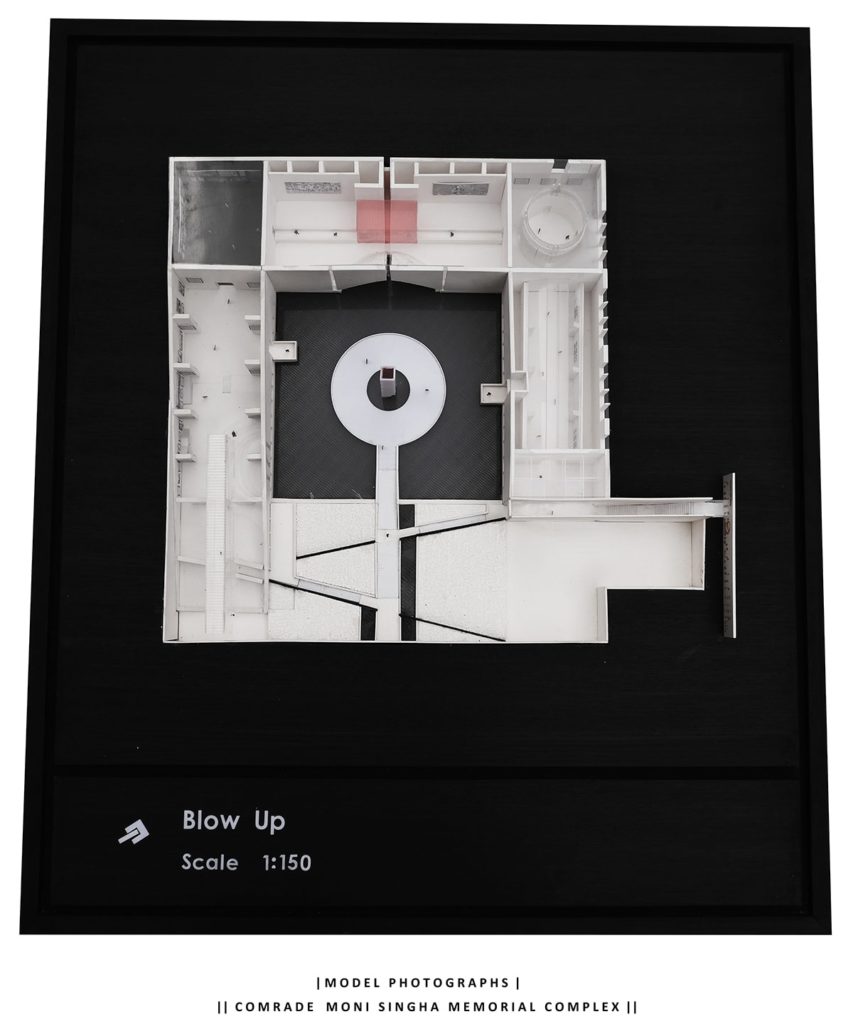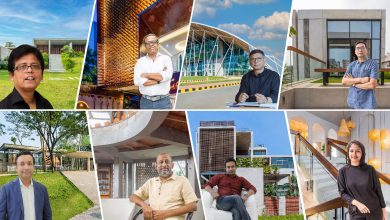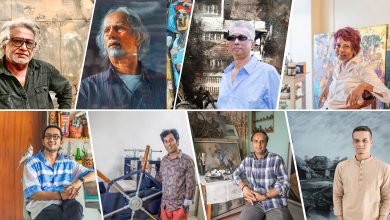Showcase 4 Years Anniversary Special Picks- Studio Project
Sponsored by
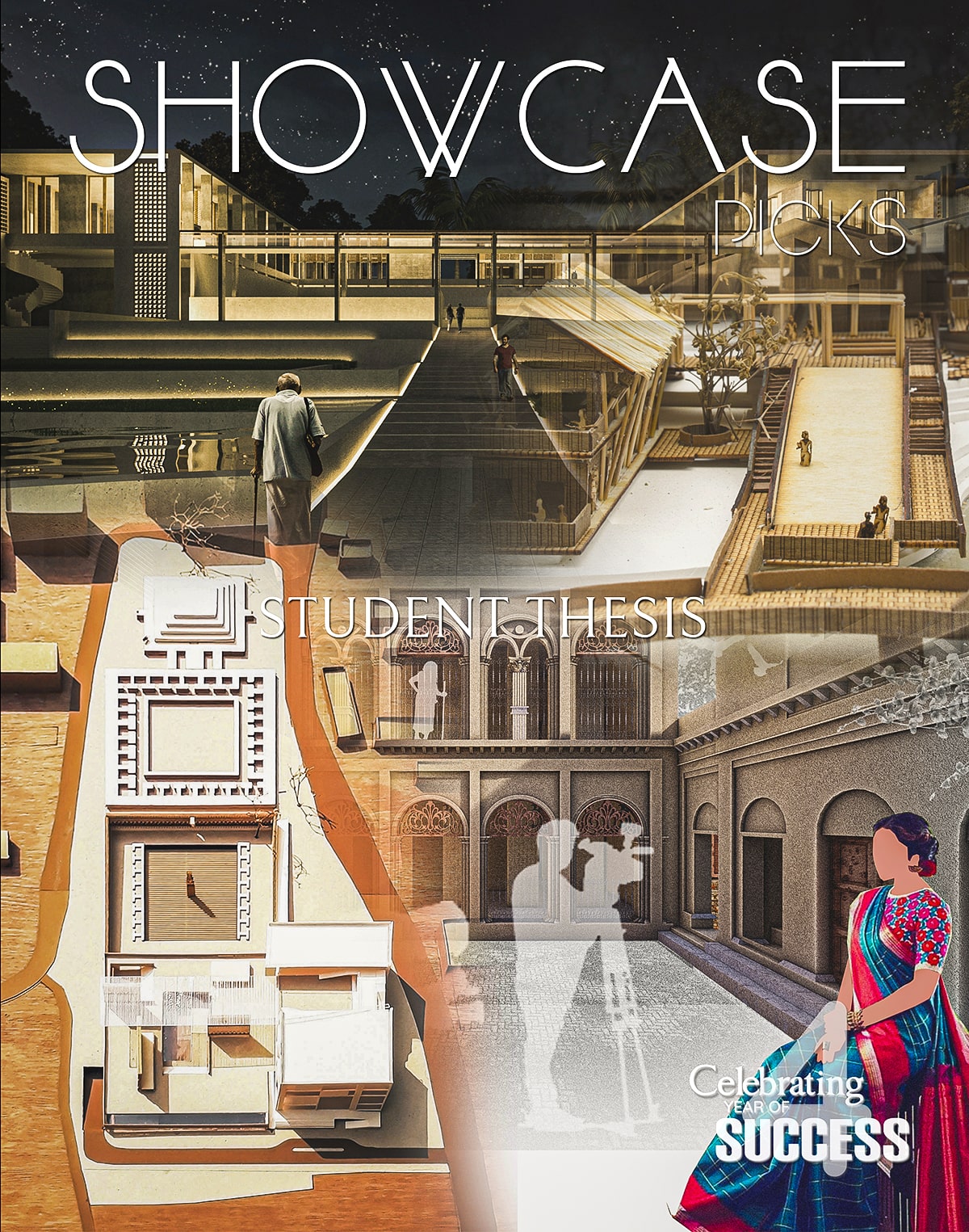
An Atlas of Cultural Heritage
Nagar Kashba, Munshigonj
Architecture is not about designing new buildings. It’s about playing with the soul of the place, the land, the environment, the people, and the culture– in the name of creating space. A space – that echoes our existence. Nagar Kashba is a thesis project of rejuvenation through interviewing the past, present and future of Kashba.
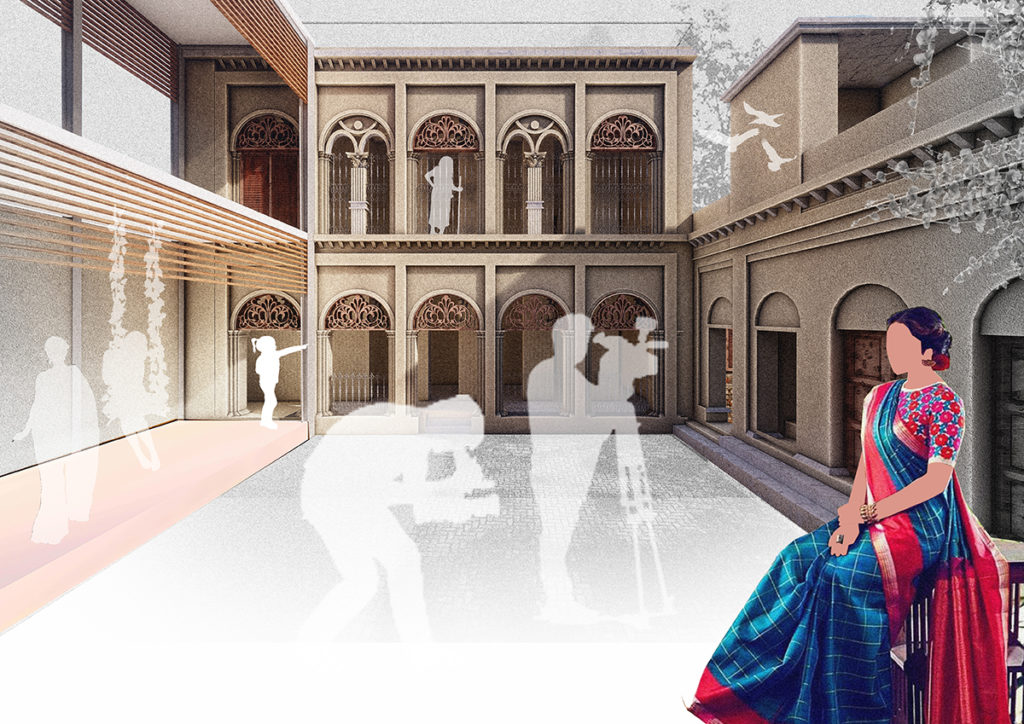
The design has been proposed by Nabila Ferdousi, a student of Bangladesh University of Engineering Technology (BUET). The site location is in Mirakadim, Munshigonj covering an area of 75 acres. The supervisors for this project were Prof. Khandekar Shabbir Ahmed and Maherul Kader Prince. To rejuvenate Nagar Kashba the design considerations were – identification of the heritage buildings, conservation of the edifices, adaptive reuse, integrating new additions, consideration of the street factor, consideration of water bodies and connecting pedestrian paths throughout the area holistically.
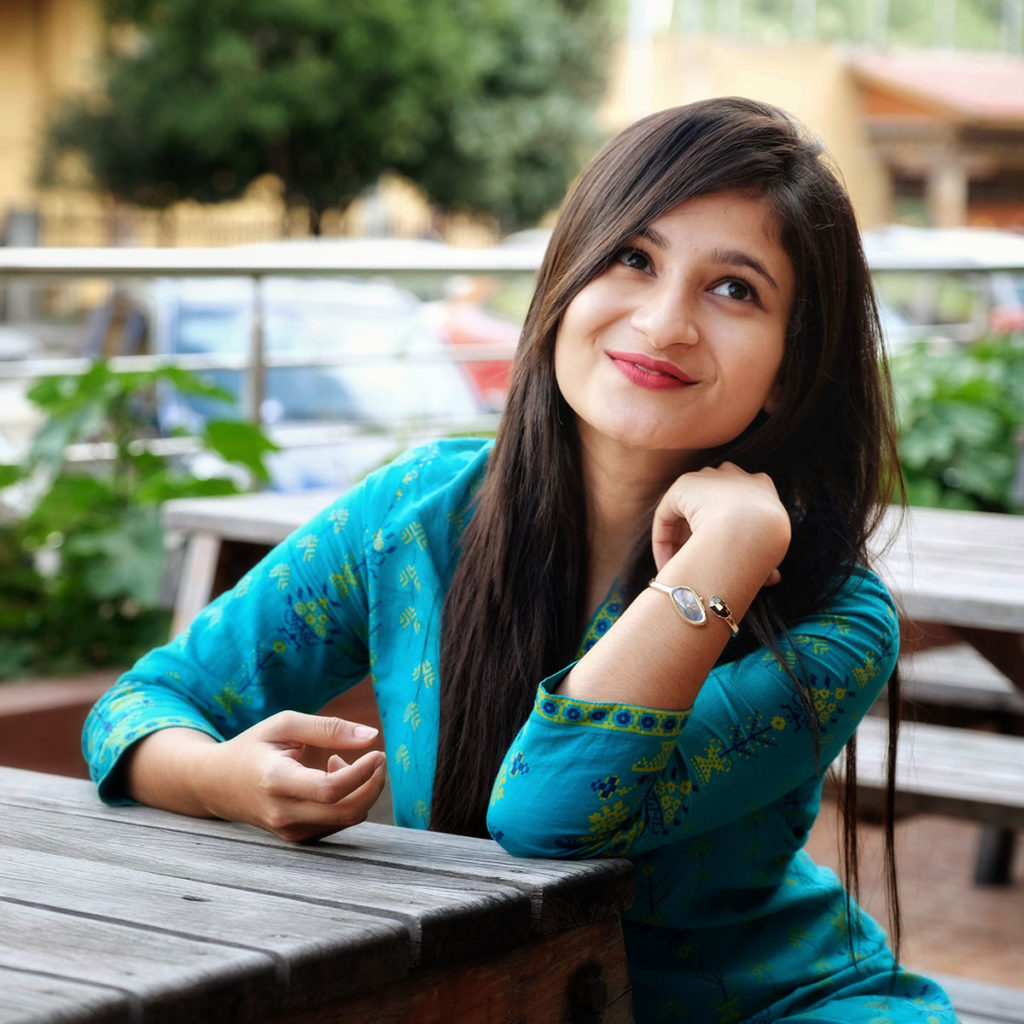
Phenomenal policies and decisions were incorporated in the design, for example, the owners can dwell in the rooms where they are living now, rented portions to the tenants can be rented to the tourists, the heritage houses may act as kashba-museum, folk-house, music-cave, sanctuary for writers and readers, theatre house, and can serve as the condo for all the activities that hold the cultural identity of the place, people and country.
The project will create dialogues of successful concept of placemaking without letting heritage freeze in time and let it be a matter of dignity that we are tramping towards a visionary future amalgamating our heritage and culture and contemporary style.
Conserving traditional Handloom ‘Kamar Taat’
The idea of the project is based on an initiative for the preservation, development and manifestation of traditional handloom for not just only providing the promotional aspects of looms but also spreading the native knowledge of sustainable living.
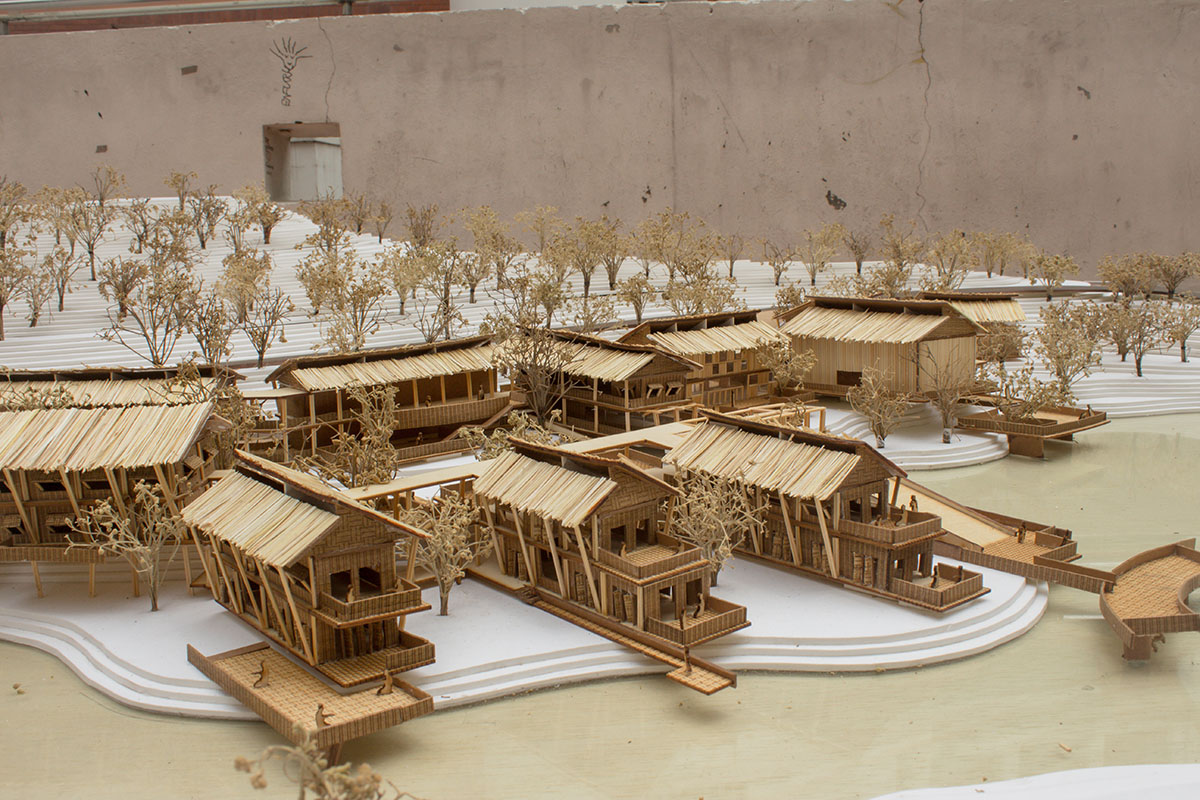
On some hilly areas people have their own traditionally developed cloth making style named ‘Kamar Taat’. The indigenous people having a very own social and cultural identity that is different from the dominating groups in society. And so their livelihood, music, dance, food habit, festival are directly or indirectly related to their culture. They tend to maintain a unique dressing type and their wearing style, way of waving are dissimilar to typical plain land areas people.

The spaces of making their cloths are very simple. They use their courtyard or any enclosed area as outdoor working spaces and indoor works are mostly done in their veranda or semi-shaded spaces or on their raised platform, known as ‘macha’.
Located at Manikchari, Rangamati, Bangladesh, this project is proposed by Asaduzzaman Mahi, student of Ahsanullah University of Science and Technology, (AUST). His studio guide teachers were Prof. Dr. M.A.Muktadir, Nujaba Binte Kabir, Ayasha Siddiqua and was supervised by Dr.Shehzad Zahir.
Proper conservation and maintaining the local traditional handloom named as ‘kamar taat’ within its respective nature was the main concern of Asaduzzaman Mahi. Moreover, the contour site and its respective nature was a part of his concern as well. These perspectives led him to build something which was not divergence to its nature by giving a flavor of vernacular architecture with modern technologies.
Museum for Ancestors
King Harish Chandra Palace, Savar
Buddhist monastic remains have been found in Savar Upazila of Dhaka, which is locally known as King Harish Chandra Palace in Majidpur village, located to the east of the Savar Upazila. King Harish Chandra established his kingdom beside the river of Bangshi named Sambhara Rajjo which we now denote as Savar. Unfortunately, this heritage is on the verge of ruination due to sheer negligence and poor maintenance.
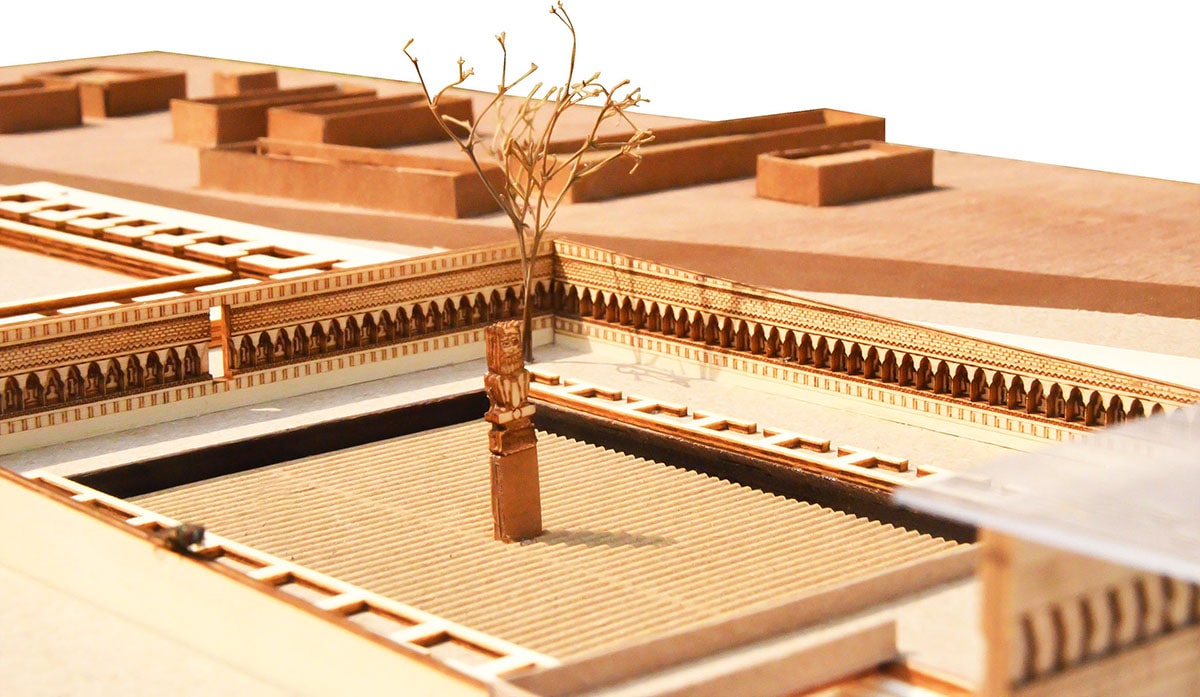
The main objective behind this project is to preserve the ancient Buddhist monastery by proposing an archaeological museum with library facilities, which will help to maintain this place as well as to enlighten people about the history of King Harish Chandra. This project is proposed by Wasila Fatima Nilia, a student of American International University of Bangladesh. The concept of this project is derived from Buddhist ancient symbol ‘Endless knot’, which is described as a symbol representing the interweaving of the spiritual path, the flow of time and movement which is eternal. The project has three basic zones which are divided into gallery, sightseeing and supporting functions. All these zones are well connected by a common lobby on the ground floor. The overall design represents the Buddhist Architecture of Bengal.
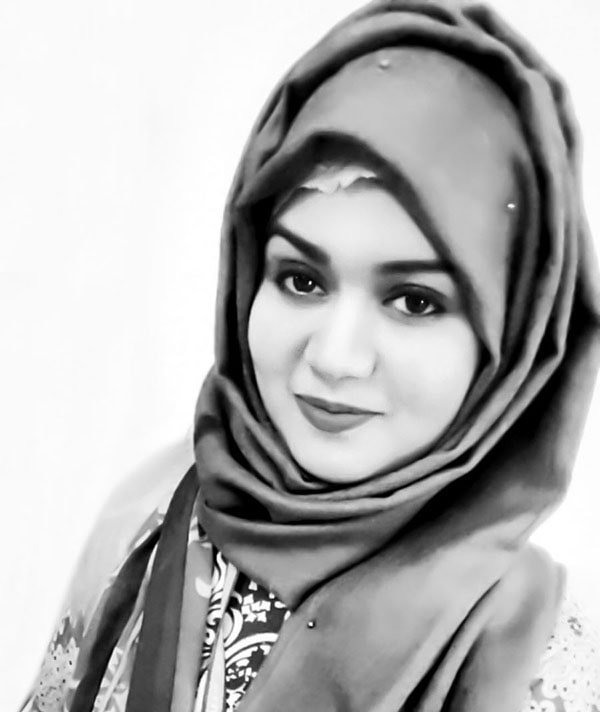
The whole purpose of the project is to make a better place that bears the rich history of king Harish Chandra where a visitor can be facilitated with the programs they need to have while visiting an archaeological site.
Tag: Buddhist monastic Savar Upazila, Dhaka, King Harish Chandra, Sambhara Rajjo ancient, zones, ground floor, Buddhist Architecture of Bengal
A Tribute to the Lifelong Communist
Comrade Moni Singh Memorial Complex
Comrade Moni Singh was one of the finest communist leaders in Bangladesh as well as in the Indian sub-continent. He operated a guerrilla wing of the Mukti Bahini during the Bangladesh Liberation War in 1971 and was an advisor to the Provisional Government of Bangladesh. The love of Comrade Moni Singh for the people was unconventional. His sacrifice, courage and struggle will inspire people from generation to generation.
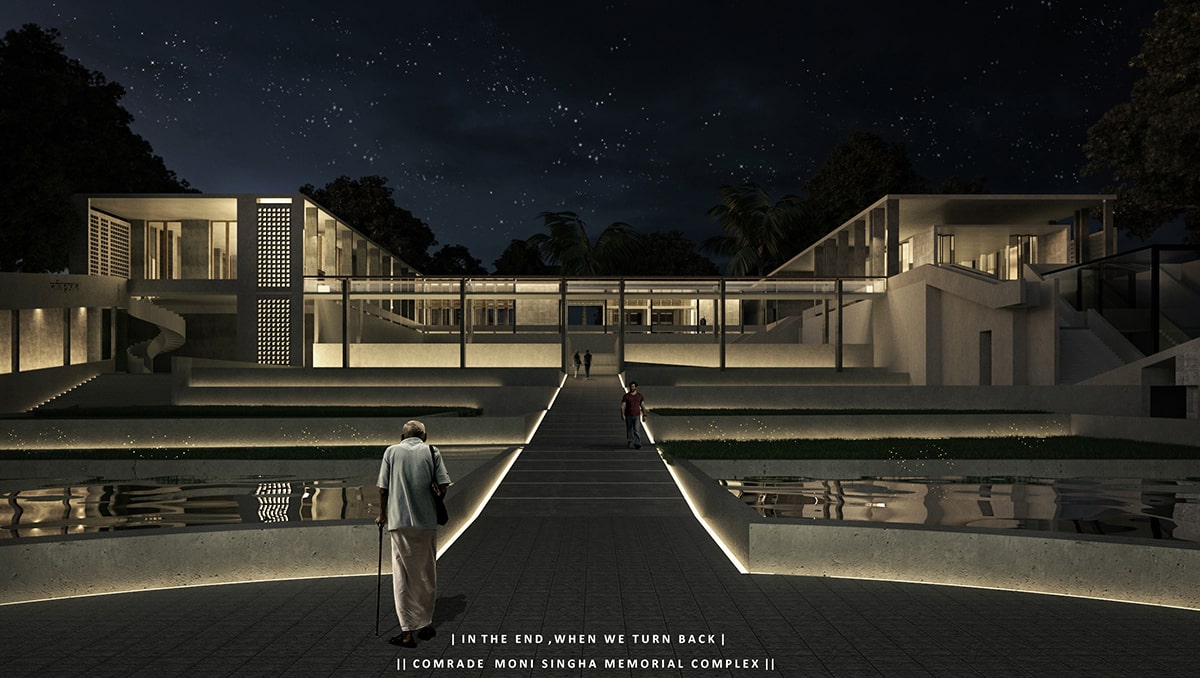
Built on an area of 4.94 acres at Durgapur, Netrokona, this studio project is a memorial complex initiated to commemorate the exceptional Communist leader, Comrade Moni Singh. Proposed and designed by Rafsan Tahreef Protik, student of Ahsanullah University of Science and Technology, AUST. His studio mentors were Dr. M. A. Muktadir, Ar. Ayasha Siddiqua, and Ar. Nujaba Binte Kabir. From the beginning to the end the project is arranged such to depict the revolutionary life of Comrade Moni Singh (1901-1990). Moni Singh’s political life spanned from British Period to Pakistan Period to Independent Bangladesh Period.

The complex also includes a museum. The museum has different colours and shapes. It has five galleries. The first gallery represents British period, the second gallery represents Pakistan period, the third gallery represents 1971 war period, the fourth gallery represents independent Bangladesh and the fifth gallery is the hall of remembrance. Apart from the museum, there is an administrative block, a library containing 6000 books, a café and a multipurpose hall for 300 people. The complex is designed in simple forms concerning the site context and locality.


